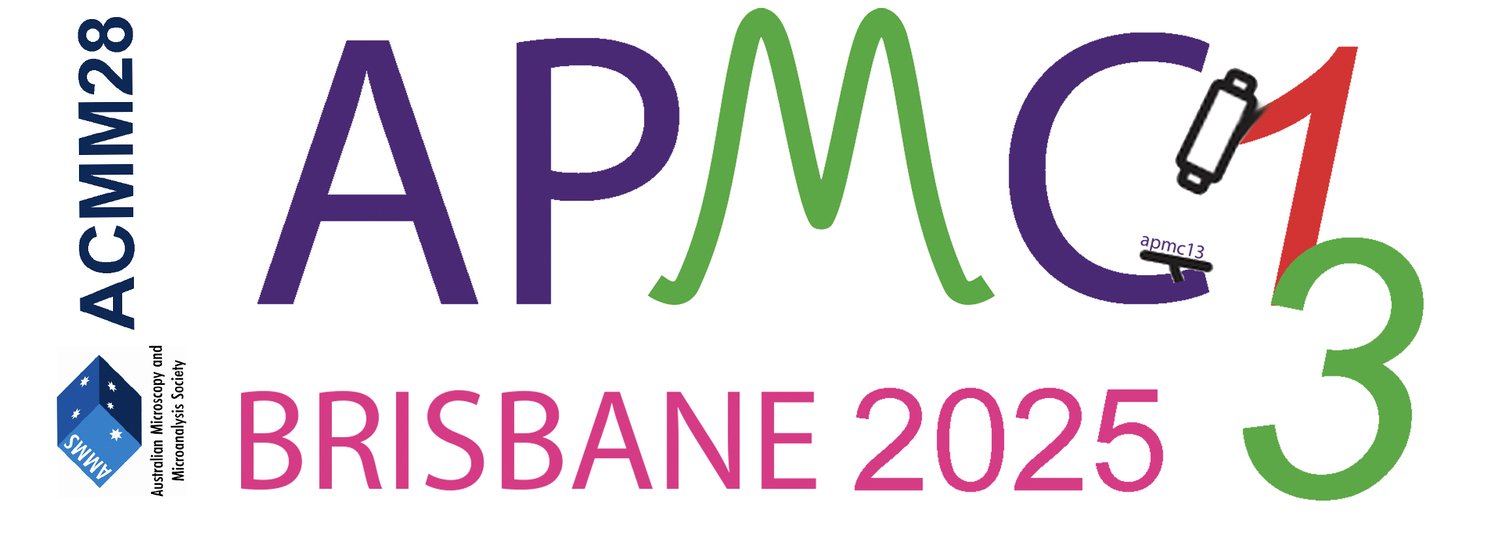ABSTRACT SUBMISSIONS HAVE NOW CLOSED
This SEM image was taken using a Phenom XL SEM at 10 kV with the backscattered electron detector. The image was taken by Chao Shen from the Microscopy Unit at Macquarie University (and turned into Christmas baubles by Jeremy Shaw). Field of view around 54 um. The sample is polystyrene microspheres provided by Kunjie Ding (Macquarie University).
COMMITTEE REVIEW
The Program Committee & Session Chairs will review all submissions before selecting the presentations which will be included in the congress program.
ACCEPTANCE NOTIFICATION
Once the reviewing has been completed the congress organisers will notify abstract presenters of their acceptance. Specific presentation instructions will be included in the notification. Please note that ALL accepted abstracts will require full registration by the presenting author to be included in the program.

